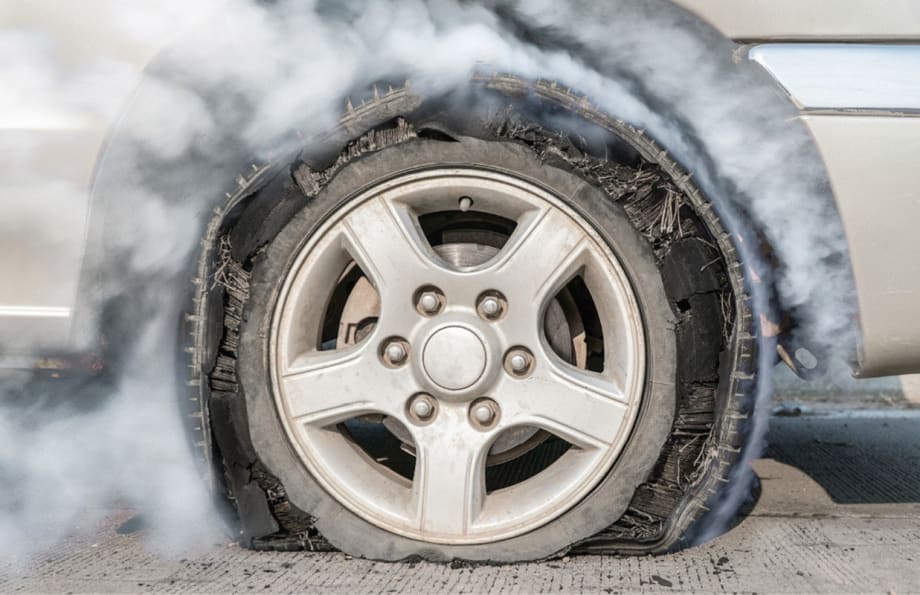In many police pursuits, the offender is the registered owner of the vehicle in flight. So finding that person at a later time would—in most cases—be reasonably effortless. Last known residence, employer, associates, places of preference, could easily be pulled from just the license plate.
Officers must assess the risk vs. the reward of putting holes in the tires of a fast-moving vehicle while standing dangerously close to the roadway on which that vehicle is moving.
Putting a cop in the path of a person who might commit an unimaginable act of violence with a two-ton projectile is not always worth it.
A vehicle pursuit is a dangerous business any way you cut it, but placing an officer beside the roadway with little protection and the unenviable task of tossing a tire deflation device out and then quickly clearing it from the road may not be the best strategy for bringing an end to the chase.
Are there instances in which the deployment of a tire deflation device is the correct tactical option? Absolutely. But other options should be explored before resorting to this low-frequency/high-risk maneuver, and every effort should be made to ensure that an officer engaged in this activity is protected to the best of the agency’s ability.













